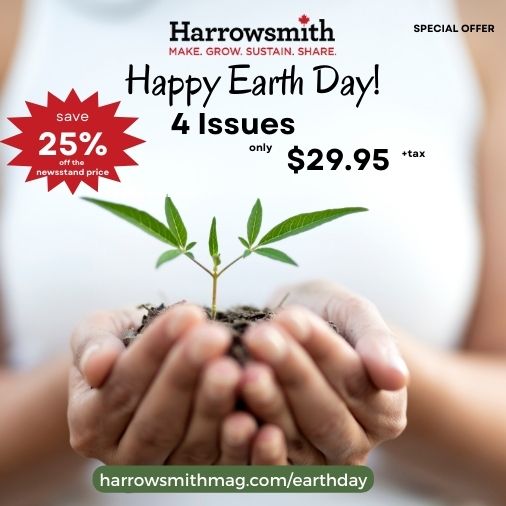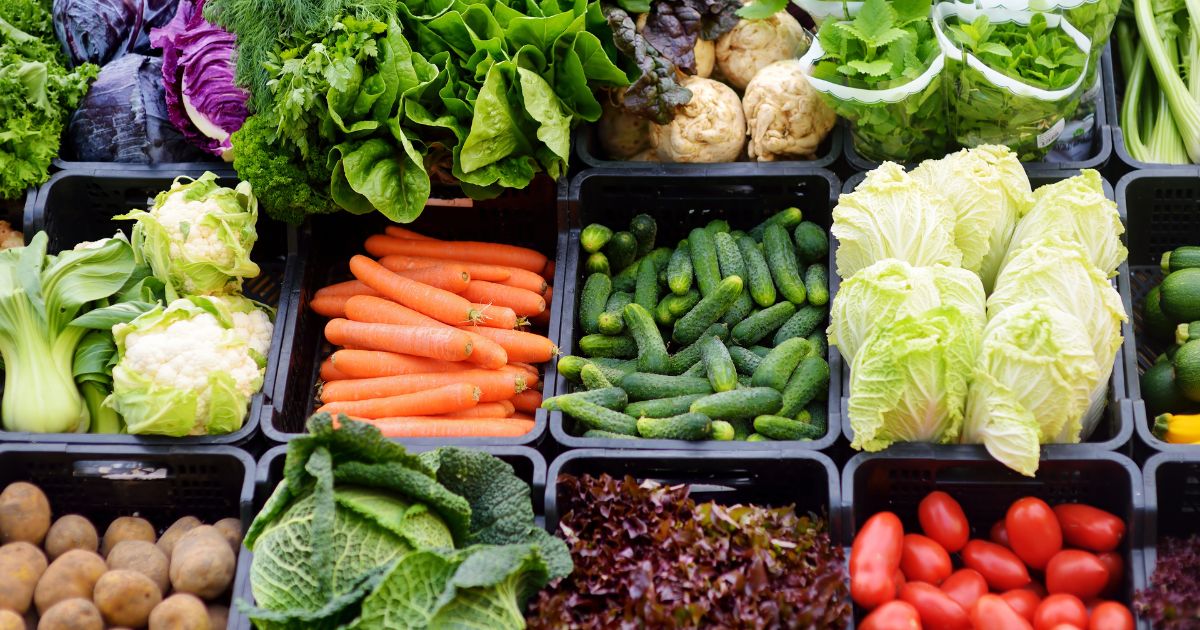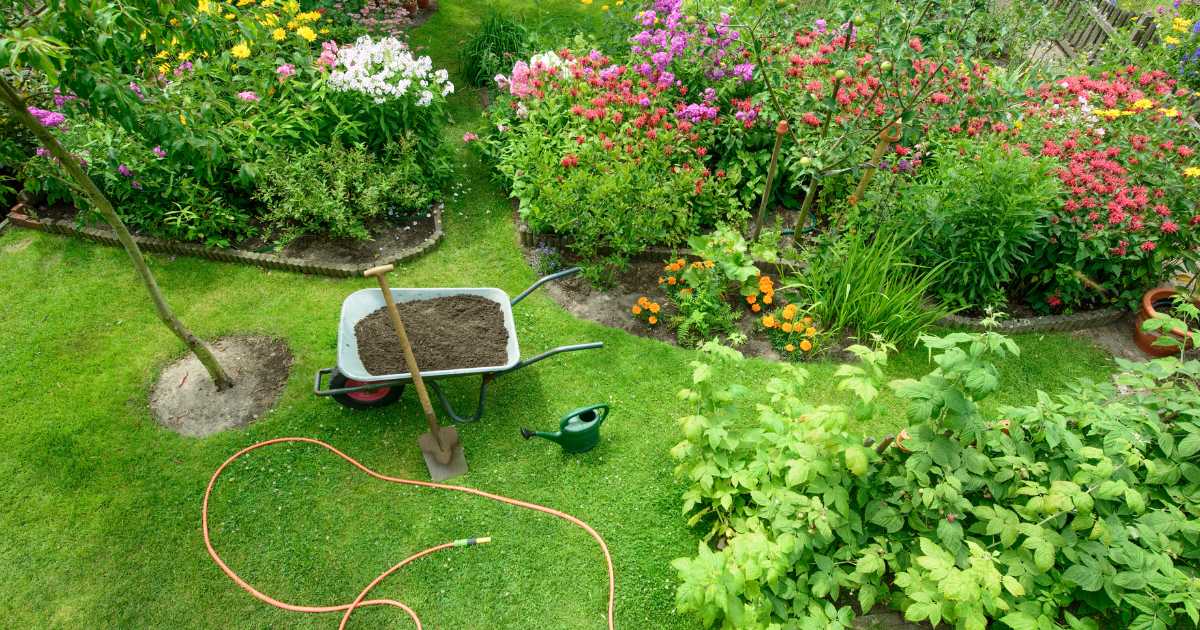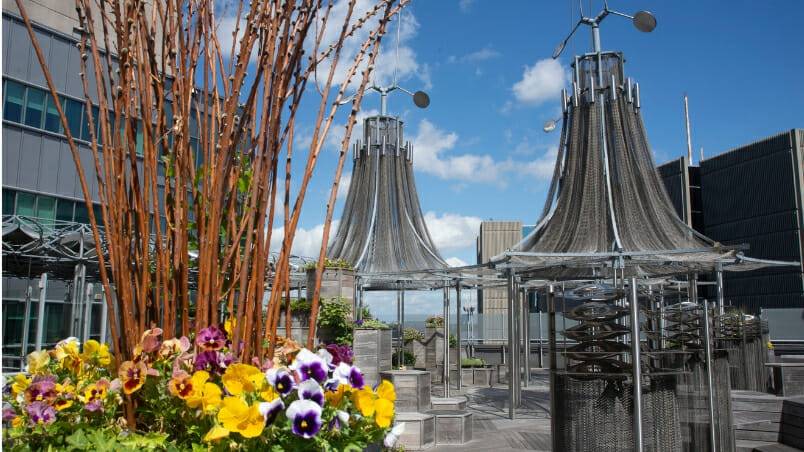Johnson is the author of nine books about gardening. Her latest, City Farmer – Adventures in Urban Food Growing, focuses on the numerous ways folks in cities, towns and villages can grow their own food, within the borders of the space they call home. She dispels the myth that city soil is inherently dangerous to grow in, offers advice on harvesting abundance from small spaces and points out that urban gardening can be more productive than traditional farming and offers pollinators greater biodiversity. Best of all, she argues, urban gardening nurtures communities, provides local, good food for those in need and gives people a sense of connection with the food they eat daily. You can hear Lorraine Johnson speak about the joys of urban farming at her upcoming talk at the Textile Museum in Toronto.
The Bounty of Urban Gardens
Wayne is a digital strategist with extensive experience in traditional, online and communication strategy development. He has assisted clients like Random House (where he helped establish digital outreach programs), the Association of Science and Technology Centers, McMaster Family Medicine, rabble.ca, University of Toronto, Engineering reimagine their communications strategies for an emerging media landscape and new audiences. Wayne brings three decades of rich media content creation, a background in journalism and the ability to creatively understand brand and messaging and create new platforms and opportunities for Moongate’s clients. He has taught and developed online content creation and communications for a variety of colleges and universities in Ontario.

































